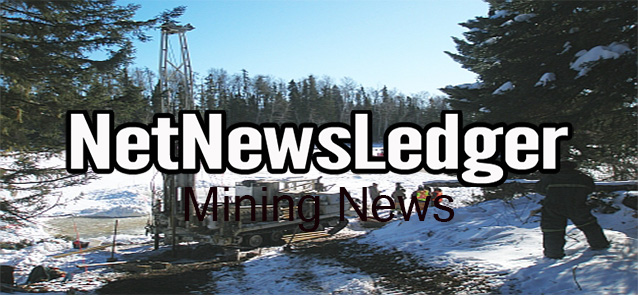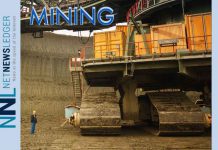 THUNDER BAY – Business – Mining potential can boost Canada’s economy. The Conference Board of Canada says “The mining sector in Canada’s North is forecast to almost double its output and employment by the end of the decade – staggering growth compared to the Canadian economy as a whole”.
THUNDER BAY – Business – Mining potential can boost Canada’s economy. The Conference Board of Canada says “The mining sector in Canada’s North is forecast to almost double its output and employment by the end of the decade – staggering growth compared to the Canadian economy as a whole”.
Achieving this outcome, however, depends on greater efforts by industry, governments and communities to address key issues including infrastructure, regulatory uncertainty, skills shortages and Aboriginal rights, according to a Centre for the North report, The Future of Mining in Canada’s North.
The Conference Board of Canada forecasts that Canada’s overall northern metal and non-metallic mineral output will grow by 91 per cent from 2011 to 2020, a compound annual growth rate of 7.5 per cent. In contrast, the Canadian economy is forecast to grow by an average of just 2.2 per cent annually over this period.
The annual gross domestic product of mining in the north, which was $4.4 billion in 2011, is expected to reach $8.5 billion in 2020 (both figures in constant 2002 dollars).
| HIGHLIGHTS |
|
Mining is the future economic driver
“Mining is the future economic driver of Canada’s North. To fully reap the benefits of this potential, we must find the right balance between risk and opportunity,” said Anja Jeffrey, Director, Centre for the North. “For instance, governments need to be conscious of how changes to the regulatory environment can affect communities and industry. Strong efforts to ensure a favourable business climate can leave communities feeling vulnerable. Going too far in the opposite direction can act as a deterrent to investment.
“Equally importantly — and amplified right now by current Aboriginal demands for greater self determination — is the need for trust between Aboriginal communities, governments and industry. Many northern and Aboriginal regions continue to worry about the effects that mining projects may have on their lands and on the environment. Such issues can only be resolved through dialogue.”
Community engagement and environmental protection has improved in recent decades, and the business climate in Canada has been stable. But impediments to sustainable growth remain. The report identifies six main issues and potential solutions.
Improvements to regulatory processes
A solution to cumbersome regulations and duplication among governments may be to conclude more transparent impact and benefit agreements – allowing companies to accommodate local residents’ needs and give communities a chance to participate in negotiations.
Inadequate or non-existent infrastructure. The lack of transportation, energy and communities infrastructure is the biggest obstacle to northern mining development. Companies currently provide much of their own infrastructure – public-private partnerships could relieve them of some of these costs.
Shortage of skilled labour. Women, new Canadians and youth are under-represented in the mining industry. The North’s Aboriginal population could supply many new workers, but Aboriginal peoples will require education and training needed to work in mining.
Engagement of local and Aboriginal communities. Mining companies need to demystify their activities. Communication that begins at the outset of a project and continues through the life of the mine is vital. So are the settlement of outstanding land claims and the conclusion of resource agreements.
Environmental stewardship. Despite a substantial improvement in the industry’s environmental performance in recent decades, communities still have legitimate concerns about the ecological impact of projects on natural habitats and traditional lands.
Clarity around mine closure. In addition to implementing sustainable practices during production, the industry must develop plans for mine closure, decommissioning and reclamation – in collaboration with the local communities.







